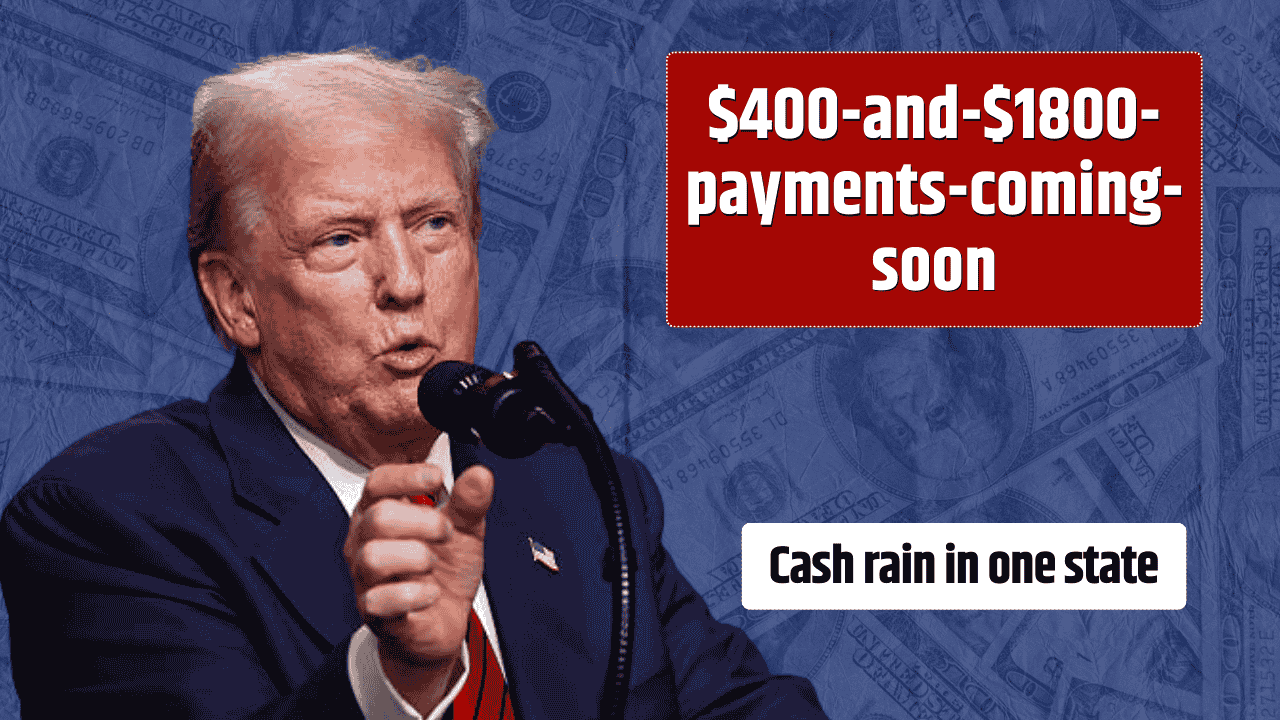Alright — let’s run with the headline you hinted at: $400 and $1,800 payments rolling out, “cash rain” style, in one U.S. state. This lines up almost exactly with what’s happening in Hawaii right now, where the Department of Taxation is still sending out 2023 state tax rebates to qualifying residents.
Table of Contents
Why Hawaii Residents Are Seeing $400–$1,800 Hit Their Accounts
Remember that 2022 spike in inflation? Hawaii’s legislature approved a one-time income tax refund to help residents deal with higher costs for essentials like food, gas, and utilities. It’s funded from the state’s budget surplus and is officially called the Act 115 Refund. While it began rolling out last year, many residents who filed late or corrected tax issues are getting theirs in mid-to-late 2025.
The payment size depends on your income and how many dependents you claim. Here’s how it shakes out:
| Income Bracket | Filing Status | Refund per Person | Max Household Example |
|---|---|---|---|
| Under $100,000 | Single | $300 | $1,200 (family of 4) |
| Under $200,000 | Married Filing Joint | $300 | $1,800 (couple + 4 kids) |
| Above those limits | Any | $100 | $400 (family of 4) |
Source: Hawaii Department of Taxation
How It Works and Who Gets Paid
- Automatic for Tax Filers – If you filed a 2023 Hawaii state tax return, no separate application is needed.
- Direct Deposit First – If your tax refund went via direct deposit, your rebate will too. Paper checks are slower.
- Dependent Bonus – The $300 (or $100 for higher incomes) applies per exemption claimed, not just per household. That’s how larger families hit the $1,800 ceiling.
- Late Filers – You can still qualify if you file your 2023 taxes by the October 20, 2025 deadline.
When Will the Money Arrive?
The Department of Taxation is doing weekly payment runs. Most direct deposits show up within 3–5 business days after being issued. Paper checks? That’s a two-to-three week wait.
If you haven’t seen yours and believe you qualify, you can check your payment status on the Hawaii Tax Online portal.
Why It Matters
For Hawaii, where the cost of living is the highest in the nation (and the grocery bill for a family can feel like paying rent twice), $1,800 can make a real difference — especially for families with school-aged kids as the school year kicks off. It’s also an example of how states are experimenting with direct cash aid without waiting for federal action.
FAQs
Do I need to apply for the Hawaii refund?
No. It’s automatic for anyone who filed a 2023 Hawaii state tax return.
Can non-residents qualify?
No. You must have been a Hawaii resident for at least part of the tax year.
Is this payment taxable?
Not at the state level, but the IRS may require you to report it.
How do I get the maximum $1,800?
Have income under the threshold and claim enough dependents to reach that total.
Will there be another payment in 2026?
Not confirmed — it depends on budget surpluses and legislative approval.










